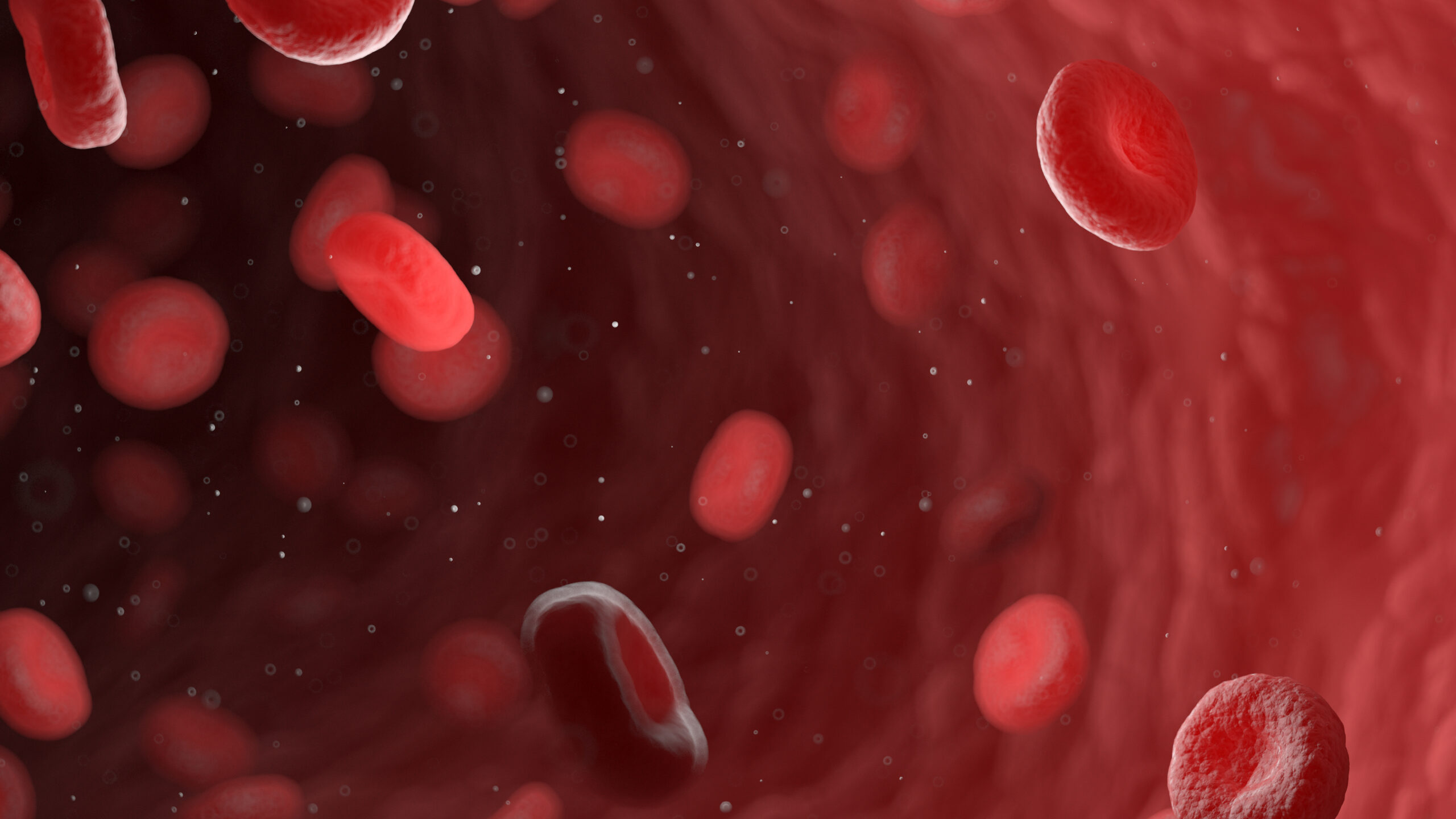What is osteoarthritis?
Osteoarthritis (OA) is a degenerative joint disease and the most common form of arthritis. It is characterized by the breakdown and gradual loss of cartilage in the joints, which acts as a cushion between the bones. As cartilage wears away, the bones may rub against each other, causing pain, stiffness, and loss of movement in the joint. Osteoarthritis can affect any joint in the body, but it is most commonly found in weight-bearing joints such as the knees, hips, and spine, as well as the hands and fingers.
The risk factors for developing osteoarthritis include aging, obesity, genetics, joint injuries, and repetitive joint stress from certain occupations or sports. There is no cure for osteoarthritis, but treatments are available to manage symptoms and improve joint function. These can include pain management, physical therapy, weight loss, assistive devices, and in more severe cases, joint replacement surgery.
How exactly does osteoarthritis occur?
Osteoarthritis occurs as a result of a combination of factors that contribute to the breakdown and loss of cartilage in the joints. The exact cause is not fully understood, but several processes are thought to be involved:
- Wear and tear: Over time, the constant stress on the joints from daily activities can cause the cartilage to wear down, leading to the bones rubbing against each other.
- Inflammation: In response to cartilage damage, the joint may become inflamed, causing the release of inflammatory substances that further contribute to the breakdown of cartilage and the development of osteoarthritis.
- Loss of proteoglycans: Proteoglycans are important components of cartilage that help it to retain water and maintain its structure. With age, the proteoglycans in the cartilage can break down, leading to a loss of its cushioning effect.
- Mechanical stress: Repetitive joint use or high-impact activities can place excessive stress on the joints, leading to the accelerated breakdown of cartilage.
- Genetics: Certain genetic factors may predispose individuals to develop osteoarthritis or influence the severity of the condition.
- Obesity: Excess body weight puts extra stress on weight-bearing joints, increasing the risk of cartilage breakdown and the development of osteoarthritis.
- Joint injury: Injuries to the joint, such as fractures or ligament damage, can lead to the development of osteoarthritis later in life.
- Altered joint biomechanics: Abnormal joint alignment or instability can lead to uneven distribution of forces on the joint, causing cartilage to wear down more rapidly.
As osteoarthritis progresses, the joint space narrows, and the bones may develop osteophytes (bone spurs) as a response to the increased stress on the bone. This can further contribute to joint pain, stiffness, and loss of function.
What symptoms do patients experience with osteoarthritis?
Patients with osteoarthritis may experience a range of symptoms, which can vary depending on the severity of the condition and the joint(s) affected. Common symptoms include:
- Pain: Joint pain is typically the most prominent symptom of osteoarthritis. Pain often worsens with activity and improves with rest. In advanced cases, the pain might be present even at rest.
- Stiffness: Stiffness in the affected joint(s) is common, particularly after periods of inactivity or upon waking up in the morning. The stiffness usually improves as the joint warms up with movement.
- Swelling: Inflammation in the joint can cause visible swelling or a sensation of fullness and warmth around the joint.
- Decreased range of motion: As cartilage wears away and joint space narrows, the joint may lose its flexibility, making it difficult to perform certain movements or activities.
- Joint instability: Osteoarthritis can cause the joint to become unstable or loose, resulting in a feeling of the joint giving way or buckling.
- Crepitus: This refers to a grating or crackling sound or sensation when the joint is moved, which is due to the rough surfaces of bones rubbing against each other.
- Bone spurs: Bony growths called osteophytes can form around the affected joint, sometimes causing additional pain or limiting movement.
- Muscle weakness: The muscles surrounding the affected joint may become weak over time, potentially worsening joint instability and further limiting function.
The severity and progression of osteoarthritis symptoms can vary greatly from person to person. Some individuals may experience only mild symptoms, while others may have significant pain and functional limitations that impact their daily life.
How is osteoarthritis diagnosed?
Diagnosing osteoarthritis typically involves a combination of medical history, physical examination, and imaging studies. Here is a step-by-step process for diagnosing osteoarthritis:
- Medical history: The healthcare provider will ask about the patient’s symptoms, their onset, and progression, as well as any relevant risk factors, such as age, family history, joint injuries, or occupation.
- Physical examination: The healthcare provider will examine the affected joint(s) for signs of osteoarthritis, such as swelling, tenderness, limited range of motion, crepitus (grating sensation), and joint instability. They will also assess the patient’s overall mobility and muscle strength.
- Imaging studies: If the healthcare provider suspects osteoarthritis, they may order imaging studies to confirm the diagnosis and assess the severity of the condition. The most common imaging techniques used are:
- X-rays: X-rays can reveal joint space narrowing, bone spurs (osteophytes), and other changes in the bones associated with osteoarthritis. However, X-rays do not show the cartilage itself, so they may not be as effective in detecting early-stage osteoarthritis.
- Magnetic Resonance Imaging (MRI): MRI can provide a more detailed view of the joint, including the cartilage, ligaments, and surrounding soft tissues. It can be useful for detecting early-stage osteoarthritis or identifying other joint issues that could be contributing to the patient’s symptoms.
- Lab tests: Although there are no specific blood tests to diagnose osteoarthritis, the healthcare provider may order blood tests or joint fluid analysis to rule out other conditions, such as rheumatoid arthritis, gout, or infection.
Based on the findings from the medical history, physical examination, and imaging studies, the healthcare provider will make a diagnosis of osteoarthritis and determine the severity of the condition. This information will then guide the development of an appropriate treatment plan.
What is the treatment for osteoarthritis?
There is no cure for osteoarthritis, but various treatments can help manage symptoms, slow the progression of the disease, and improve joint function and quality of life. Treatment plans are typically individualized, taking into account the patient’s age, overall health, severity of the condition, and the specific joint(s) affected. Common treatment options for osteoarthritis include:
- Lifestyle changes:
- Weight loss: Reducing body weight can help decrease the stress on weight-bearing joints, alleviate symptoms, and slow down the progression of osteoarthritis.
- Exercise: Low-impact exercises, such as swimming, walking, or cycling, can help strengthen the muscles around the joint, improve flexibility, and reduce pain.
- Physical therapy: A physical therapist can design an individualized exercise program to improve joint function, strength, and flexibility.
- Pain management:
- Over-the-counter (OTC) pain relievers: Nonsteroidal anti-inflammatory drugs (NSAIDs), such as ibuprofen and naproxen, or acetaminophen can help relieve pain and inflammation.
- Topical medications: Gels, creams, or patches containing NSAIDs or capsaicin can be applied directly to the affected joint for pain relief.
- Prescription medications: Stronger pain relievers or anti-inflammatory drugs may be prescribed by a healthcare provider if OTC medications are not effective.
- Corticosteroid injections: Corticosteroids can be injected directly into the affected joint to provide temporary relief from pain and inflammation.
- Viscosupplementation: Injections of hyaluronic acid into the joint can help improve joint lubrication and provide temporary pain relief.
- Assistive devices:
- Braces or splints: These can provide support and help alleviate stress on the affected joint.
- Canes or walkers: Mobility aids can help redistribute weight and reduce stress on weight-bearing joints.
- Surgery: In more severe cases or when conservative treatments are not effective, surgical options may be considered, such as:
- Joint replacement surgery (arthroplasty): The damaged joint is replaced with a prosthetic implant, usually made of metal, ceramic, or plastic components.
- Osteotomy: The bones around the joint are realigned to redistribute stress and improve joint function.
- Joint fusion (arthrodesis): The bones in the joint are fused together, eliminating joint movement and providing pain relief.
The choice of treatment depends on the individual’s specific needs and the severity of their osteoarthritis. It is important to work closely with a healthcare provider to develop an appropriate treatment plan.
What are the typical outcomes for osteoarthritis treatment?
The outcomes of osteoarthritis treatment can vary depending on the individual, the severity of the condition, and the specific joint(s) affected. The primary goals of treatment are to manage pain, improve joint function, and maintain or improve the patient’s quality of life. Some typical outcomes for osteoarthritis treatment include:
- Pain relief: Many patients experience significant pain relief from a combination of lifestyle changes, medications, and/or other treatments such as physical therapy or joint injections. However, pain relief may not be complete, and some patients may still experience some level of discomfort.
- Improved joint function and mobility: Treatment can help improve joint flexibility, strength, and stability, allowing patients to perform daily activities with greater ease and less pain. However, the extent of improvement may vary depending on the severity of the osteoarthritis and the joint(s) involved.
- Slowed progression of the disease: While treatment cannot reverse the damage already done to the joint, it can help slow down the progression of osteoarthritis, especially when interventions like weight loss and exercise are implemented early in the disease process.
- Enhanced quality of life: By managing pain and improving joint function, many patients experience an overall improvement in their quality of life. They may be able to participate in activities they enjoy, maintain independence, and experience less disability.
- Surgical outcomes: In more severe cases, surgical interventions like joint replacement or osteotomy can lead to significant improvements in pain relief and joint function. However, surgery carries risks and potential complications, and the long-term success of the procedure may depend on factors such as the patient’s age, overall health, and adherence to post-operative care and rehabilitation.
It is essential for patients with osteoarthritis to work closely with their healthcare provider to develop an appropriate treatment plan and set realistic expectations for the outcomes of their treatment. Regular follow-up and adjustments to the treatment plan may be necessary to optimize outcomes and ensure the best possible quality of life.
What questions should I ask my doctor if I’m diagnosed with osteoarthritis?
If you’re diagnosed with osteoarthritis, it’s important to have an open and informative conversation with your doctor to better understand your condition and the available treatment options. Here are some questions you might consider asking your doctor:
- What is the cause of my osteoarthritis? Are there any specific factors contributing to the development or progression of my condition?
- How severe is my osteoarthritis, and which joint(s) are affected?
- What symptoms can I expect, and how might they change over time?
- What are the best treatment options for my specific case, and what are the goals of treatment?
- Are there any lifestyle changes I should make to help manage my symptoms and slow the progression of osteoarthritis (e.g., weight loss, exercise, diet)?
- What types of medications are available to help manage my pain and inflammation, and what are the potential side effects?
- Should I consider physical therapy, and if so, what types of exercises might be beneficial for my condition?
- At what point should I consider surgical options, and what types of procedures might be appropriate for my situation?
- How often should I follow up with you to monitor my condition and make any necessary adjustments to my treatment plan?
- Are there any resources or support groups you recommend for individuals with osteoarthritis?
Remember, it’s essential to maintain open communication with your doctor and ask any questions you may have about your condition, treatment options, and expectations for managing osteoarthritis. This will help you make informed decisions and actively participate in your care.




